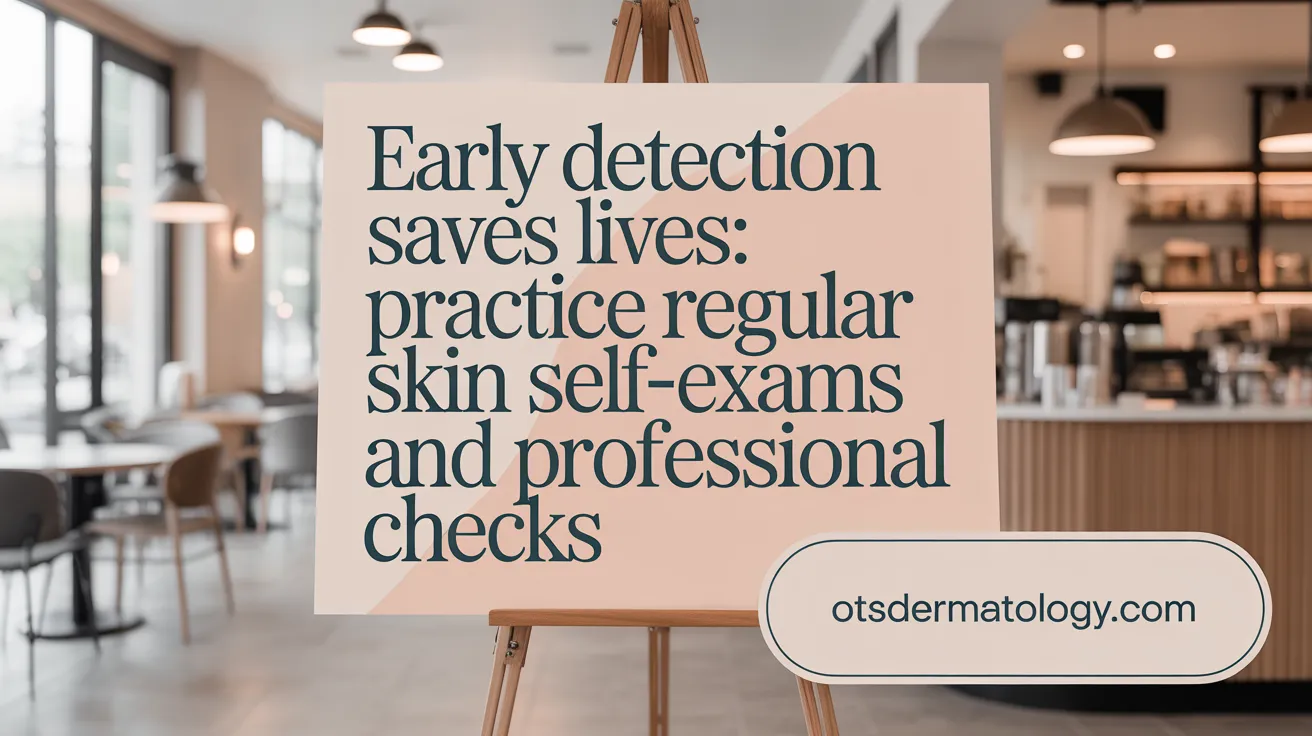Beyond Basics: Elevate Your Skin Protection Routine
While many understand the importance of sunscreen and sun safety during summer, the truth is that effective skin protection requires a comprehensive, year-round strategy. UV radiation poses a threat throughout the year, penetrating clouds, reflecting off surfaces like snow, and even passing through windows. This article uncovers lesser-known, yet critical, skin protection tips and practices to guard your skin against damage, premature aging, and skin cancer every day — not just on sunny days.
Year-Round UV Exposure: Why Sun Protection Isn’t Just for Summer
UV radiation risks year-round
Ultraviolet (UV) radiation is a primary cause of skin damage, premature aging, and skin cancer. It is a misunderstanding that UV exposure only poses a risk during sunny summer days. In reality, UV rays are potent all year, including in winter and on cloudy days. Both UVA and UVB rays penetrate the atmosphere and can cause substantial harm to the skin regardless of season.
UV penetration in winter and cloudy days
UV rays can pass through cloud cover and even glass, meaning that skin can be exposed to these harmful rays indoors or outside during overcast weather. UVB rays, known for causing sunburn, persist throughout the year, while UVA rays contribute to long-term skin damage such as wrinkles, dark spots, and skin cancer (UV rays and skin damage).
Reflection off snow, water, and other surfaces
One significant factor enhancing UV exposure in colder months is reflection from surfaces such as snow and ice, which can reflect up to 80% of UV radiation. Water, sand, cement, and other reflective materials also increase the intensity of UV rays hitting the skin. These reflections can double the UV exposure compared to direct sunlight alone (Reflection and UV exposure).
Importance of continuous sunscreen use
Given these facts, applying a broad-spectrum sunscreen with SPF 30 or higher daily is essential, no matter the season. Reapplying sunscreen every two hours or after swimming or sweating maintains protection. Complementing sunscreen with protective clothing, wide-brimmed hats, and UV-blocking sunglasses adds important layers of defense.
Continuous sun protection reduces the risk of basal cell carcinoma, squamous cell carcinoma, and the more aggressive melanoma, emphasizing the necessity of skin care habits throughout the entire year, not only in summer.
Beyond Sunscreen: The Power of Protective Clothing and Accessories

How can clothing and accessories enhance year-round skin protection?
Protective clothing rated with Ultraviolet Protection Factor (UPF) is a highly effective way to shield skin from harmful UV rays. UPF clothing works by blocking a significant portion of UV radiation before it reaches the skin. Higher UPF values provide greater protection; for instance, UPF 50 fabric allows only 1/50th of UV rays to penetrate. Choosing tightly woven, dark-colored fabrics further enhances this defense because they absorb and block more ultraviolet light.
Wide-brimmed hats play a crucial role by shading vulnerable areas such as the face, ears, and neck from direct UV exposure. Ideally, hats should have brims measuring at least 2 to 3 inches and be made of tightly woven materials to maximize coverage.
UV-blocking sunglasses are essential to protect not only the eyes but also the delicate skin around them from damaging UVA and UVB rays. Sunglasses that block 99-100% of UVA and UVB are recommended to minimize risks, including cataracts and skin cancer around the eyes.
Seasonal considerations for protective wear
Skin protection is essential throughout the year, not just in summer. In winter, UV radiation can still inflict damage because snow and ice reflect up to 80% of UV rays, increasing exposure especially at higher altitudes. Wearing UPF-rated clothing, wide-brimmed hats, and UV-blocking sunglasses during winter outdoor activities ensures continuous coverage. Learn about Winter sun protection tips.
In all seasons, these clothing and accessory choices complement using broad-spectrum sunscreen with SPF 30 or higher. They act as a consistent barrier, helping to mitigate UV risks when sunscreen might wear off or is not applied uniformly. Along with seeking shade and minimizing peak sun exposure between 10 a.m. and 4 p.m., wearing protective clothing and accessories delivers comprehensive year-round skin defense against ultraviolet damage.
Seasonal Skincare Adjustments to Maximize Skin Health and Defense

How should skincare routines adjust across different seasons to maintain protection and health?
Skin needs vary greatly with seasonal changes, requiring tailored routines to maintain optimal health and protection. In winter, exposure to cold, dry air and indoor heating often leads to dry, flaky skin. This calls for heavier moisturizers enriched with hydrating ingredients such as hyaluronic acid to restore moisture balance. Barrier repair products are crucial to defend against environmental stressors. Despite cooler temperatures, daily use of broad-spectrum sunscreen remains essential to prevent UV radiation damage.
As the seasons warm, skincare shifts towards lighter, oil-free products to address increased moisture and oil production. Spring and summer routines emphasize consistent application of broad-spectrum sunscreens with at least SPF 30 to safeguard against harmful UVA and UVB rays. Gentle exfoliation 2-3 times a week helps remove dead skin cells and prevent clogged pores, which are more common in humid conditions.
In fall, skincare focuses on repairing sun damage accumulated over summer months. Incorporating antioxidant-rich serums and creams helps neutralize free radicals and supports skin barrier recovery. Richer moisturizers prepare the skin for the upcoming cold months by enhancing hydration.
By adjusting skincare products and protection strategies through each season — moisturizing intensely in winter, protecting diligently in spring and summer, and repairing in fall — you fortify your skin’s resilience. This dynamic approach keeps skin healthy, hydrated, and shielded year-round from environmental challenges including UV radiation, dryness, and pollution.
The Critical Role of Self-Examinations and Professional Skin Checks

What self-care and professional habits improve early detection of skin cancer?
Early detection of skin cancer dramatically increases the chances of successful treatment. One of the most effective self-care habits is performing monthly skin self-examinations using the ABCDE criteria for skin examination. This method involves carefully checking moles and spots for:
- Asymmetry: One half does not match the other.
- Border: Edges are irregular, ragged, or blurred.
- Color: Presence of multiple colors or uneven pigmentation.
- Diameter: Larger than 6 millimeters (about the size of a pencil eraser).
- Evolution: Any change in size, shape, or color over time.
By regularly monitoring their skin for these signs, individuals can quickly identify suspicious lesions.
Professional skin checks, especially annual visits to a board-certified dermatologist, play a crucial complementary role. Dermatologists conduct thorough examinations using expert tools and knowledge to detect early or subtle changes that may not be noticeable to individuals. This professional oversight helps catch skin cancers at their earliest stages, facilitating prompt treatment and improving outcomes.
Recognizing changes in moles or skin spots early and combining monthly self-exams with yearly professional evaluations constitutes a critical, proactive approach to skin health and cancer prevention.
Lifestyle Factors That Influence Year-Round Skin Health Beyond Sun Protection

What lifestyle habits support healthy skin in addition to sun protection?
Smoking has a profound negative impact on skin health. It narrows blood vessels, decreasing oxygen and nutrient delivery to the skin. This damages critical components like collagen and elastin, which are essential for skin firmness and elasticity. As a result, smoking speeds up the formation of wrinkles and causes dull, aged-looking skin (effects of smoking on skin aging, how smoking damages collagen and elastin).
Managing stress effectively is another vital factor. Chronic stress can worsen skin conditions such as acne, eczema, and psoriasis. Incorporating habits like getting adequate sleep, engaging in regular physical activity, practicing relaxation techniques, and maintaining social connections can help reduce sensitivity and flare-ups (managing stress to improve skin health, sleep and skin condition, physical activity benefits for skin, meditation for skin sensitivity.
Nutrition and hydration also support skin vitality. Consuming a balanced diet rich in fruits, vegetables, whole grains, and lean proteins provides antioxidants and nutrients that help keep the skin hydrated and resilient. Staying well-hydrated by drinking enough water daily sustains optimal skin moisture and health (balanced diet for healthy skin, fruits and vegetables for skin hydration, importance of water intake for skin.
Gentle skin care practices complement these habits. Limiting bath time to around five minutes and using lukewarm water prevents excessive dryness. Mild, soap-free cleansers avoid irritation, while careful shaving with a sharp razor reduces skin damage. Applying moisturizer, especially after washing, locks in hydration and maintains the skin barrier (skin care tips for gentle cleansing, limiting bath time to five minutes, using mild cleansers for skin health, shaving carefully with a sharp razor, patting skin dry after washing.
Together, these lifestyle choices promote healthy, glowing skin throughout the year, enhancing the effects of sun protection measures.
Emerging and Underutilized Sun Protection Techniques You Should Know

What are some less common but effective sun protection measures?
Beyond the usual advice of wearing broad-spectrum sunscreen with SPF 30 or higher and protective clothing for sun protection, several emerging and underutilized sun protection strategies offer robust defense against harmful UV radiation.
Mineral-Based Sunscreens
Mineral sunscreens, containing active ingredients like zinc oxide and titanium dioxide sunscreens, work by sitting on the surface of the skin and physically blocking UV rays. These sunscreens provide broad-spectrum protection and are often recommended for sensitive skin as they are less likely to cause irritation compared to chemical sunscreens. Mineral options are also environmentally friendly, making them an excellent choice for daily use.
UV-Protective Window Films
UV rays, especially UVA, can penetrate through standard window glass, increasing skin damage risks even indoors or while inside vehicles. Applying UV-protective window films on home and car windows significantly reduces UVA exposure. These films can block a substantial portion of harmful rays, helping to prevent cumulative skin damage in everyday environments where sun exposure is less obvious.
Safe Alternatives to Tanning Beds
Indoor tanning beds emit concentrated UVA and UVB radiation, dramatically increasing melanoma risk, particularly if used before age 35. Avoiding tanning beds is essential for skin cancer prevention. For those seeking a tanned appearance without UV exposure, self-tanning products provide a safer alternative without risking DNA damage.
Special Protection Measures for Infants and Children
Infants under six months have delicate, sensitive skin and should avoid sunscreen application. Instead, physical barriers like protective clothing, wide-brimmed hats, and seeking shade are recommended. For older children, using broad-spectrum sunscreen with at least SPF 30, UV-protective clothing, and regular reapplication of sunscreen ensure effective protection.
Incorporating these less common but effective techniques into your sun safety routine can enhance skin protection and reduce the risk of sun-induced damage throughout the year.
Embrace a Comprehensive Approach to Year-Round Skin Protection
Protecting your skin is a daily, year-round commitment that extends far beyond simply applying sunscreen in summer months. Understanding the persistent nature of UV radiation, adjusting your skincare rituals with the seasons, incorporating protective clothing and accessories, and maintaining vigilant self-examinations pave the way for healthier skin and reduced risk of skin cancer. Coupled with healthy lifestyle choices and the latest protective technologies, these lesser-known strategies enable you to safeguard your skin effectively every day of the year. Prioritize these practices now for skin that not only looks healthier but is truly protected from the inside out.
